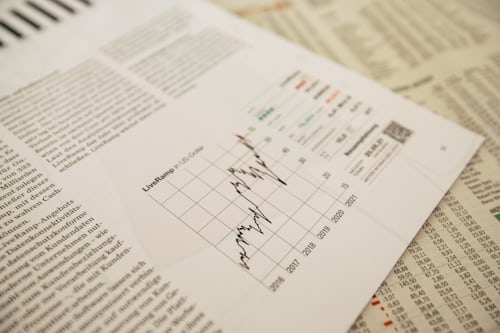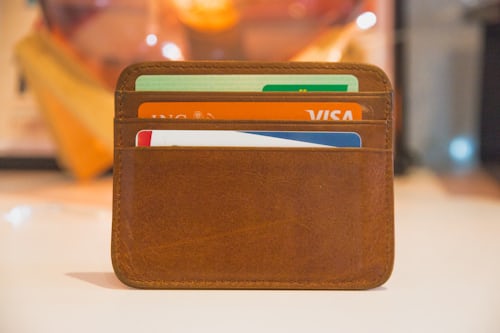
Different financial instruments can also have an underlying. For example, there are different forms of CFDs, the performance of which is always based on the underlying.
There are also commodities or raw materials that can be traded on such a market. Investors can trade the following commodities, among others:
- Soy
- Natural gas
- Precious metals
- Energy
- Crude oil
- Coffee
In addition, financial products such as money market instruments, swaps or precious metals are also traded on the basis of the underlying instrument.
CFDs are particularly well known, however, and they in turn have different versions. The following financial instruments can also be traded as CFDs:
- Shares
- Indices
- Commodities
- ETFs
- Bonds
- Cryptocurrencies
The abbreviation CFD stands for Contracts for Difference. Such a derivative is highly speculative and thus also associated with a high risk. With such an instrument, traders can profit from rising but also falling prices - depending on what they are betting on.
I will introduce you to the individual types of CFDs below.
Commodities as CFDs - Commodities as Underlying Asset
This type of commodity is very popular in Thailand. There are a lot of interesting info on thai language. Here is explanation by broker both on Thai and English:
การซื้อขายหลักทรัพย์มักไม่มีตัวตน. มันแตกต่างจากสินค้า. เราสามารถจินตนาการการซื้อขายที่กาแฟ ฟอเร็กซ์ exness ประเทศไทย 2022 น้ํามันพลังงานหรือสินค้าอื่น ๆ. ทองคําเงินทองแดงหรือโลหะมีค่าสามารถเก็บไว้ในตู้เซฟได้. ด้วยสินค้าโภคภัณฑ์เช่นกันแน่นอนว่ามีความเป็นไปได้ที่จะซื้อขายเป็น CFD.
The trading of a security is often intangible. It is different with commodities. We can imagine trading coffee, oil, energy or other commodities. Gold, silver, copper or precious metals can even be kept in a safe deposit box. With commodities, too, there is of course the possibility of trading them as CFDs.

ETFs as CFDs - ETFs as Underlying Asset
Exchange Traded Funds, ETFs for short, are very popular and can also be traded as CFDs. The price of such an ETF as a CFD also reflects the performance of the underlying asset. Thus, with an ETF as a CFD, as with all other CFDs, you do not buy the ETF itself. Instead, you speculate on the outcome of a certain price trend. Should the price rise or fall? You have to decide before you buy and can thus earn high profits, but also losses.
Bonds as CFDs - Bonds as Underlying Asset
If a share can be traded as a CFD, it is of course also possible to trade bonds as CFDs. A bond itself is an interest-bearing security. As with other CFD trading options, bonds are traded on margin. However, it should be noted that there is significantly less of an underlying for bond CFDs than for commodity CFDs, for example.
Cryptocurrencies as CFDs - Cryptocurrencies as Underlying Asset
Cryptocurrencies and thus currencies such as Bitcoin, Ethereum and other digital currencies are also possible as CFDs in 2021. Again, cryptocurrencies as CFDs do not actually own the asset. Instead, the falling or rising of the price is estimated and speculated on. It is thus speculated whether the underlying will rise or fall.
Short conclusion: Underlyings represent a basis
When buying a futures or options transaction, an underlying thus serves as a basis for the performance of the prices and is also referred to in German as Basiswert. In English, underlyings can also be referred to as assets.
The manifestations of an underlying are also different. They can be traded in different ways as CFDs. However, the goal is always the same: Traders speculate on the fall or rise of a price. This in turn means speculating on whether the underlying will rise or fall.
|



 +972 3 7631172
+972 3 7631172
 +972 52 5961777
+972 52 5961777
 +380 67 5221402
+380 67 5221402 
 +7 495 662-87-22
+7 495 662-87-22 

